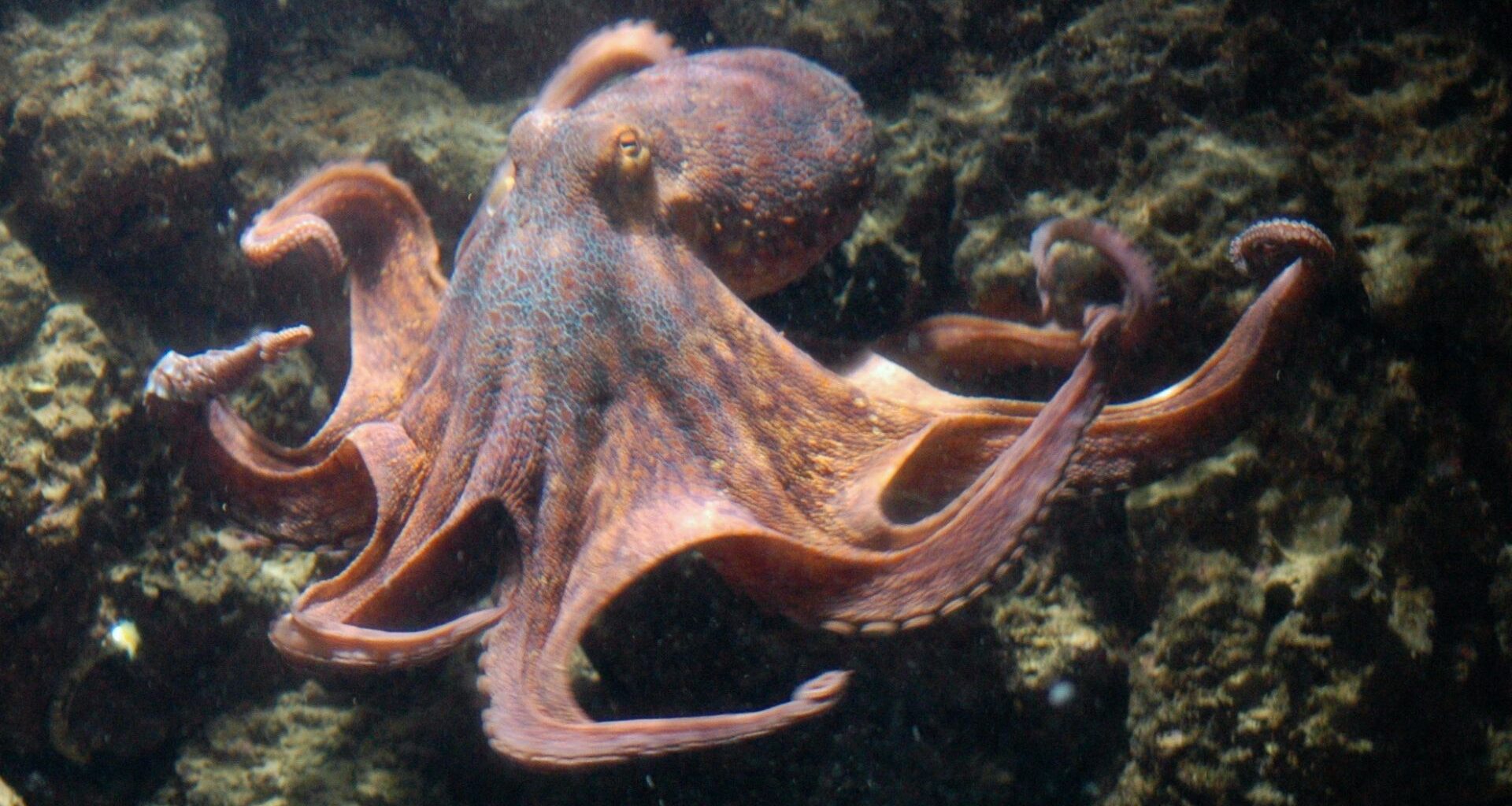Octopuses are renowned for their instant color-changing abilities, a skill they use to outwit predators and surprise prey. Yet, the energy cost behind this extraordinary camouflage has remained a mystery—until now.
Color change is a vital adaptive mechanism for many animals, though it is thought to require significant energy.
Now, biologists have measured how much energy octopuses use during their complete color transformations, providing new insights into their biology.
Color change reveals hidden energy trade-offs
While the advantages of an octopus’s color-changing abilities are well-documented, their energetic costs have remained largely unknown. This new understanding of the metabolic expense of color change offers insights into the trade-offs octopuses make to remain concealed, explained marine biologist and biology professor at Walla Walla University in Washington, Kirt Onthank.
Octopuses, like many other cephalopods, possess specialized skin organs called chromatophores. These tiny sacs of pigment are connected to muscle fibers that function like spokes on a wheel.
When the muscles relax, the pigment sacs shrink to nearly invisible points. When the muscles contract, they expand the sacs, spreading the pigment across the skin and revealing the color.
According to Onthank, each chromatophore acts like a tiny pixel on a screen, with octopuses boasting an impressive 230 chromatophores per square millimeter of skin—far exceeding the 180 pixels per square millimeter on a 4K 13-inch laptop monitor.
To change color, thousands of small muscles within these pixel-like organs contract. By precisely controlling each chromatophore through their nervous system, octopuses can produce intricate camouflage patterns or elaborate visual displays.
Octopus camouflage consumes surprising levels of oxygen
A recent study examined the energy costs of color changes in octopuses. Conducted by Onthank and lead author Sofie Sonner as part of her master’s thesis at Walla Walla University in Washington, the research involved analyzing skin samples from 17 ruby octopuses.
The study found that fully changing color required an average of 219 micromoles of oxygen per hour—equivalent to the energy the octopus uses for all its other bodily functions while at rest.
Scaling their findings to human proportions, Onthank estimated that if humans had color-changing octopus skin, we would burn an extra 390 calories per day, roughly the same as completing a 23-minute run.
Octopuses and cephalopods are not the only animals capable of changing color. Sonner also noted that rapid color change has evolved independently across a wide range of species, including amphibians, reptiles, fish, arthropods, and mollusks, highlighting its broad adaptive significance.
Cephalopods’ color transformations are much faster and more precise than those of animals like chameleons, which use hormones to control pigment cells, with the slower processes in other animals likely consuming less energy.
The study was published in the journal PNAS.
